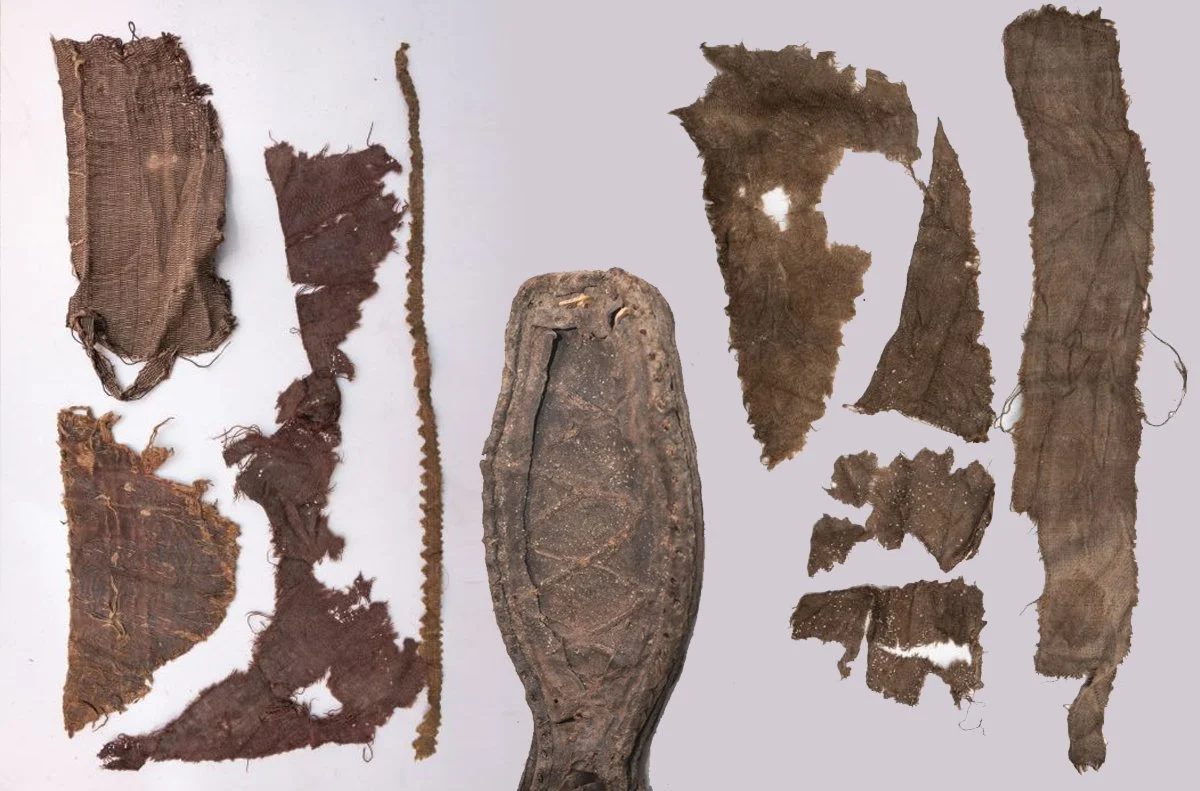Archaeologists excavating in Toruń, Poland, have uncovered unique collection of fabrics and shoes from the 16th-17th century.
The discovery was made during the construction of a new film studio in Toruń, revealing well preserved shoes, silk fabrics, fragments of pleated dresses, and lacewings with floral ornaments.
According to the archaeologists, this is the largest collection of found fabrics and footwear ever discovered in Europe from the 16th to 17th century.
Previous studies have mainly found silk fabrics in church crypts and tombs, however, these have been found in small fragments and rarely survive. According to the researchers, the volume of objects found in a well-preserved state suggest that a shoemakers or tailors (or both) was in proximity to the excavation site.
Toruń is one of the oldest cities in Poland with its roots tracing back to the 8th century AD. For centuries the city was home to people of diverse backgrounds and religious faiths, emerging as a trading hub in the Hanseatic League.
The Hanseatic League was a commercial and defensive network of merchant guilds and market towns in Central and Northern Europe. During its peak, the Hanseatic League dominated maritime trade in the North and Baltic Seas, with outposts in numerous towns and cities across Europe.
Archaeologist Mariusz Ciszak, said: “Toruń had extensive contacts throughout Europe. Various types of horn products, metal products, ceramics, fabrics and leather confirm the high-class production of Toruń craftsmen and extensive trade contacts. This city connected the East with the West, it was the centre of the economic and political life of the Polish-Lithuanian Commonwealth at that time”.
Ciszak emphasised that the fabrics and shoes demonstrate that Toruń was one of the most important Hanseatic cities.
Header Image Credit : Tytus Żmijewski
Sources : PAP





